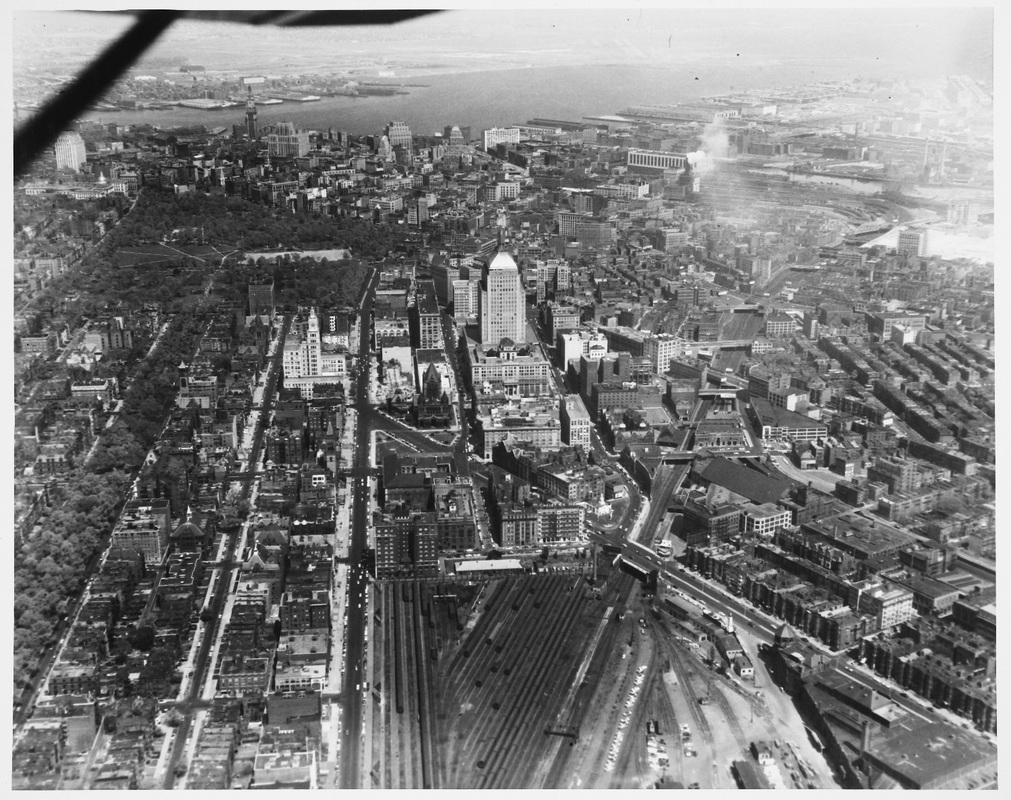It most definitely isn’t. My guess is Buffalo.
The first and third pics aren’t Boston either.
The only Boston pic is the 4th.
The first three are of Minneapolis. You can prominently see the Hennepin County Government Center in the first two pics and the University of Minnesota in the background. The third is looking at the opposite view, to the northwest, where Target Field is today. I'm guessing these were taken around 1973-74, from the newly-completed IDS Center.

 02-758
02-758
 In a lounge looking back on the Eastern Terminal and Boston - 1974
In a lounge looking back on the Eastern Terminal and Boston - 1974